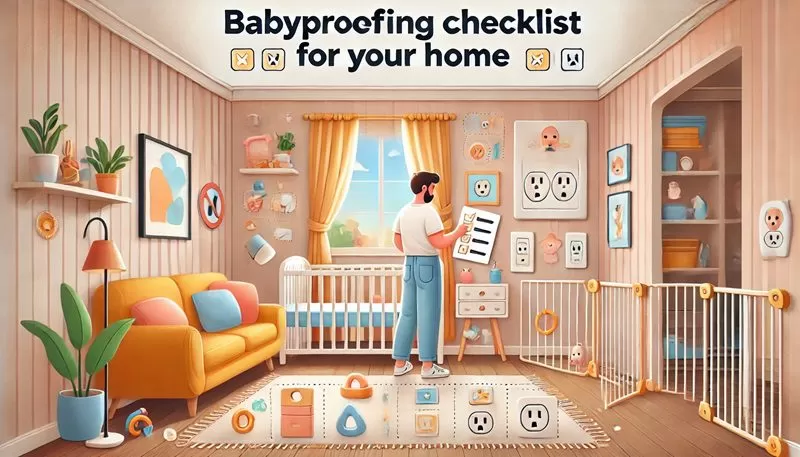Table of Contents
Babyproofing Checklist Home Safety
Preparing your home for a baby is one of the most crucial steps in ensuring their safety as they begin to explore their surroundings. Babyproofing the house can seem overwhelming at first, but by following a detailed checklist, you can cover every area of your home systematically. In this article, we’ll walk you through the essential babyproofing steps, providing a comprehensive Guide To Baby-Proofing Your Home. We’ll also introduce some must-have products from [your store] to help make this process easier and more effective.
When it comes to babyproofing, there are many important factors to consider, such as sharp edges, electrical outlets, and potential choking hazards. For a comprehensive guide on baby safety tips and recommendations from experts, visit the CDC’s Child Safety Page. By taking these steps, you can ensure a safer environment for your little one.
Why Babyproofing Is Essential
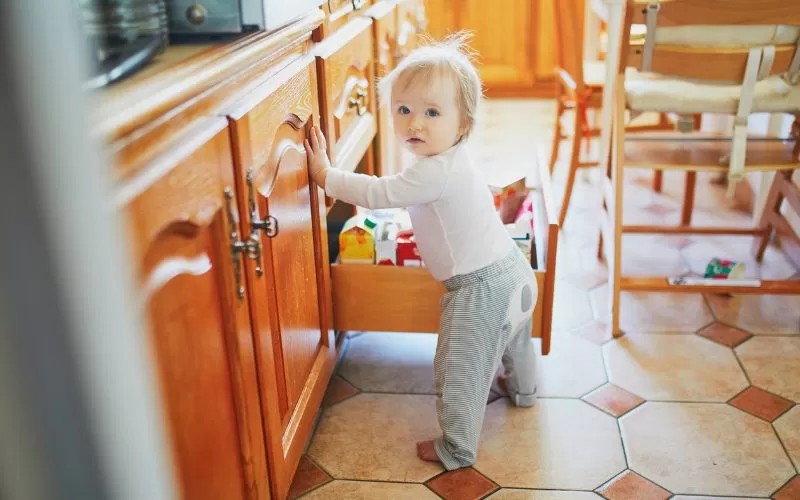
Babies are naturally curious, and as soon as they begin to crawl or walk, they want to explore everything within reach. Unfortunately, many household items and areas pose safety hazards. From sharp edges to electrical outlets, your home is full of potential dangers. Babyproofing ensures that your child can explore in a safe environment without constant worry about accidents.
Let’s dive into the essential steps of Babyproofing the House: A Checklist for Every Room and learn how you can create a secure space for your little one.
As you navigate the process of babyproofing your home, it’s essential to consider the challenges that come with caring for a newborn, including sleep deprivation. Many new parents experience significant fatigue due to disrupted sleep patterns, which can impact their ability to maintain a safe environment for their little one. To effectively manage this challenge, it’s helpful to explore strategies for coping with sleep deprivation. For tips on how to deal with sleep deprivation after your baby arrives, check out our article How to Deal With Sleep Deprivation After Baby Understanding how to balance your needs with your baby’s can make the babyproofing process smoother and more effective.
Living Room Babyproofing Checklist
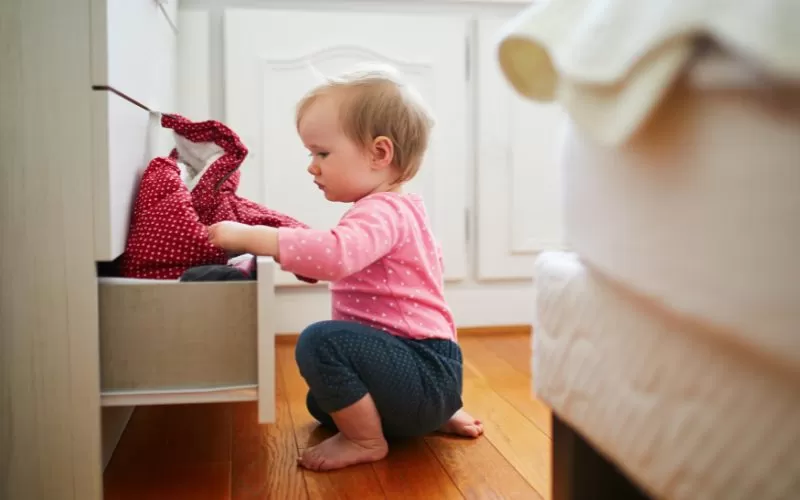
The living room is often the central area where families gather, so it’s important to start here. This room contains several items that can pose a risk to an active baby.
- Secure Furniture: Ensure all furniture, such as bookshelves, TVs, and dressers, are anchored to the wall to prevent tipping. Consider our Anti-Tip Furniture Straps, which are easy to install and provide strong support.
- Cover Sharp Corners: Coffee tables and low furniture with sharp edges can cause injury. Using corner protectors, like our Soft Corner Guards, is a simple way to safeguard against bumps.
- Hide Electrical Cords: Cords can be a choking hazard or may pull heavy objects down if your baby tugs at them. Invest in cord covers to keep them out of reach.
These steps will help you tick off the major risks in the living room. A well-babyproofed space lets you relax, knowing your baby is safe.
Kitchen Babyproofing Checklist
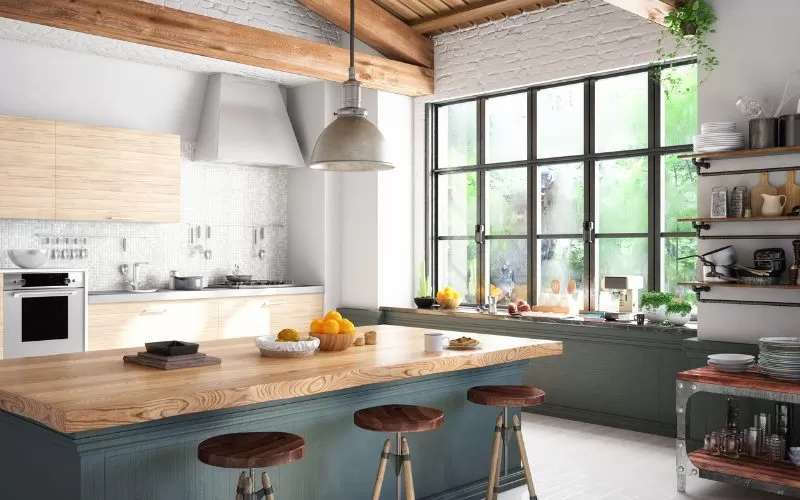
The kitchen is another high-risk area because of its many appliances, cabinets, and drawers. Babies love to explore cabinets, which could contain dangerous items like cleaning supplies or utensils.
- Install Cabinet Locks: To prevent your baby from accessing harmful items, use cabinet locks or latches. Our Magnetic Cabinet Locks are perfect for keeping doors securely closed while being easy for adults to open.
- Move Dangerous Items: Store sharp objects, such as knives and scissors, in a high or locked drawer. Cleaning supplies should be kept out of reach or locked away.
- Secure Appliances: Make sure your oven, microwave, and other appliances are secure. Stove knob covers can prevent accidental turning of the stove.
Following this Childproofing checklist: before your baby crawls | BabyCenter, you can take proactive measures to prevent kitchen-related accidents.
One of the biggest challenges for parents is managing diaper blowouts and leaks, which can happen at the most unexpected times. To minimize mess, consider using high-quality, absorbent diapers that fit your baby snugly but comfortably. Additionally, be sure to regularly check and change diapers to keep your little one dry and happy. For added protection, investing in waterproof changing pads and diaper covers can help contain any surprises. Don’t forget to keep a well-stocked diaper bag with essentials like wipes and extra clothes for quick changes. For more tips on keeping your baby comfortable and preventing leaks, check out our guide on Managing Diaper Blowouts and Leaks
Nursery Babyproofing Checklist
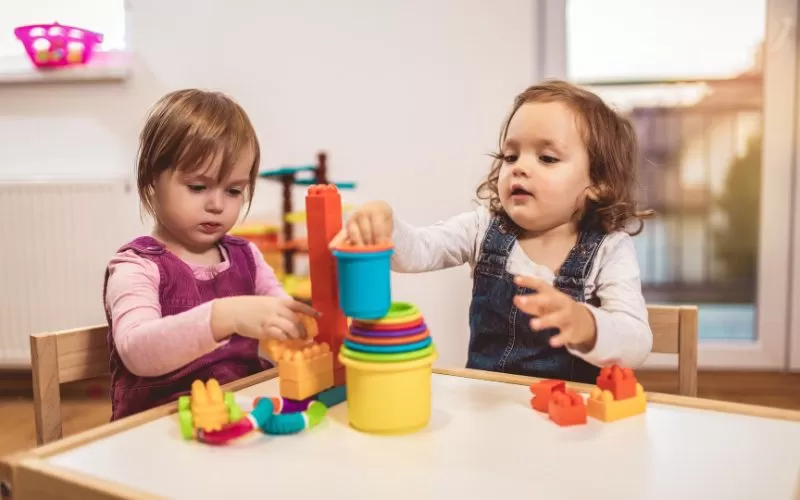
Your baby will spend a lot of time in the nursery, so ensuring it’s safe is essential for both playtime and rest.
- Crib Safety: Ensure that your baby’s crib meets the latest safety standards. Avoid using older cribs with wide slats or decorative cutouts. Always place your baby on their back to sleep and remove blankets, pillows, and toys from the crib.
- Anchor Furniture: Just like in the living room, secure all furniture in the nursery, especially changing tables and bookshelves.
- Organize Toys Safely: Ensure toys are age-appropriate and free from choking hazards. Store them in a bin with a secure lid.
By following these steps, you can ensure your baby’s nursery is a safe place for them to rest and play. This Guide To Baby-Proofing Your Home wouldn’t be complete without securing the nursery for your little one’s well-being.
Bathroom Babyproofing Checklist
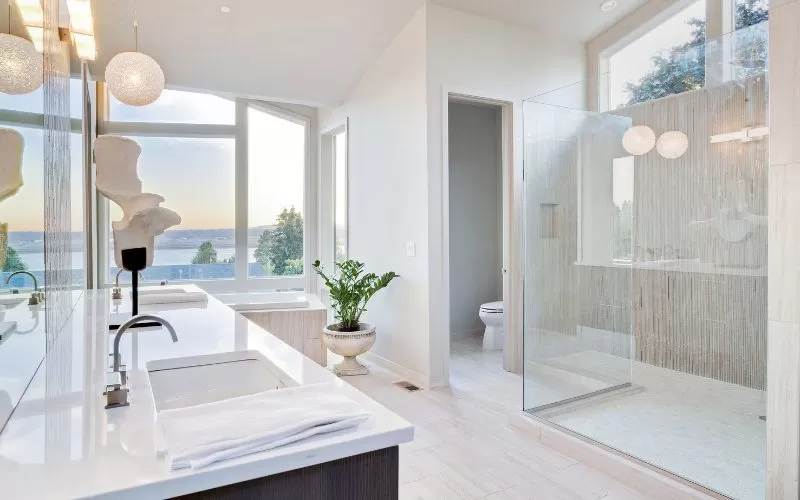
The bathroom is another area filled with potential hazards. Babies are drawn to water, making it crucial to implement safety measures.
- Install Toilet Locks: Babies can be curious about toilets, which can pose a drowning risk. A simple toilet lock can prevent access.
- Store Medications Safely: Medications and cleaning supplies should be stored in high, locked cabinets.
- Use Non-Slip Mats: To prevent slips and falls, place non-slip mats in the bathtub and on the bathroom floor.
Following this Childproofing checklist: before your baby crawls | BabyCenter ensures your bathroom is safe and ready for your baby to explore.
As you prepare to babyproof your home, it’s essential to consider the health and safety of your newborn. One common condition that new parents should be aware of is jaundice, which affects many infants in their early days. Understanding the symptoms, causes, and treatment options for jaundice can help you ensure your baby’s well-being. For a comprehensive guide on this topic, check out our article on Jaundice in Newborns – Symptoms, Causes, and Treatment. This resource will provide you with valuable information to support your newborn’s health as you create a safe environment at home.
Stairways and Hallways Babyproofing Checklist
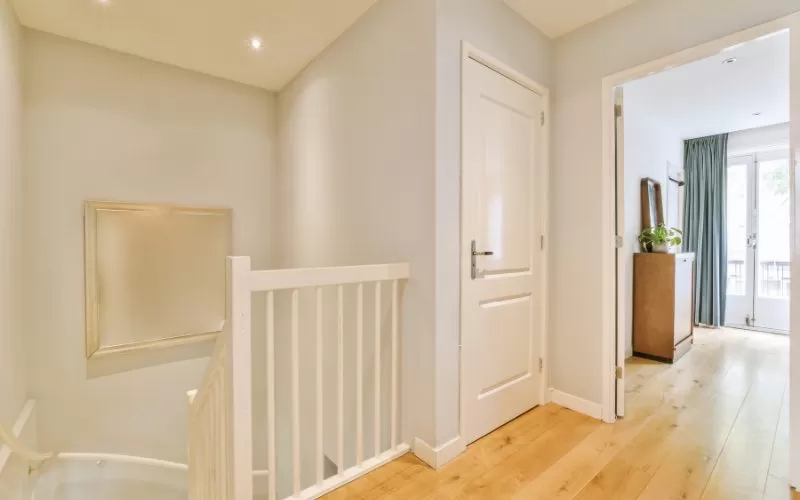
Stairways are one of the most dangerous areas in the home for babies. Proper gating and safety measures are crucial.
- Install Safety Gates: Use safety gates at the top and bottom of staircases to prevent falls. Our Adjustable Baby Safety Gate is sturdy and easy to install, providing maximum protection for active babies.
- Cover Banister Gaps: If your banisters have wide gaps, cover them with a banister guard to prevent your baby from getting stuck or falling through.
- Keep Hallways Clear: Ensure hallways are free of objects that could cause tripping, and keep small toys off the floor.
These steps are vital for ensuring your baby can move around the house safely.
Bedroom Babyproofing Checklist
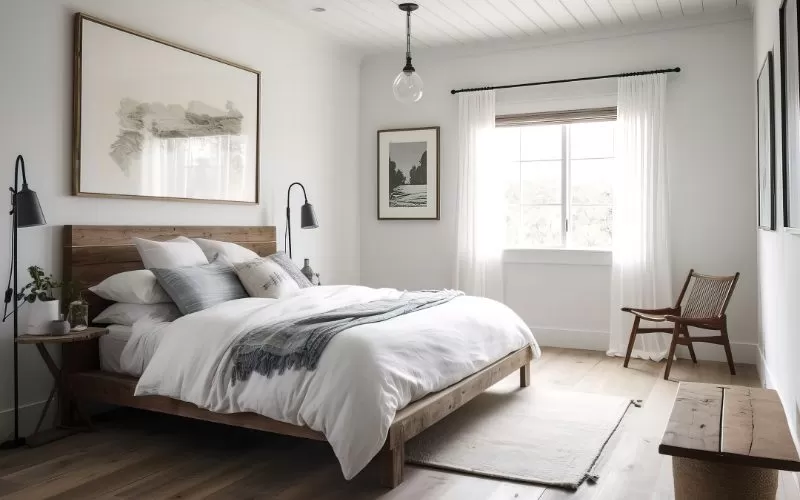
Parents’ bedrooms are often overlooked in babyproofing efforts, but this room also contains potential hazards.
- Secure Heavy Items: Ensure dressers, mirrors, and other heavy furniture are secured to the wall.
- Remove Small Objects: Keep items like jewelry, coins, and buttons out of reach as they pose choking hazards.
- Install Outlet Covers: Install covers on all electrical outlets to prevent curious little fingers from exploring them.
By following this Guide To Baby-Proofing Your Home, your bedroom will be as safe as the rest of the house.
Babyproofing the House: A Checklist for Every Room Recap
By following this Babyproofing the House: A Checklist for Every Room, you can create a safe environment for your baby in every corner of your home. Remember to:
- Anchor heavy furniture to prevent tipping.
- Install cabinet locks and safety gates where necessary.
- Keep sharp, small, or harmful objects out of reach.
And of course, make use of essential babyproofing products like the Magnetic Cabinet Locks, Soft Corner Guards, and Adjustable Baby Safety Gate to make the process easier and more effective.
When preparing to travel with your little one, it’s essential to ensure both safety and comfort on the go. A well-thought-out packing strategy can make a significant difference in your travel experience. Make sure to include must-have baby gear, such as a reliable travel crib, a lightweight stroller, and essential items like diaper bags stocked with supplies. For more tips and a detailed guide on the gear you need for traveling with a baby, check out our article on How to travel with a baby, and the gear you need
Conclusion: A Safe Home Equals a Happy Baby
Babyproofing your home is an ongoing process, but with the right plan in place, you can keep your baby safe as they grow and explore. By using this checklist and incorporating the best safety products from [your store], you’ll be able to relax knowing that your home is baby-ready.
With this Guide To Baby-Proofing Your Home, you’re well on your way to creating a safe space where your baby can thrive. Take the time to follow each step of this Childproofing checklist: before your baby crawls | BabyCenter, and don’t forget to explore our store for top-rated babyproofing products that will make this journey smoother and stress-free.

